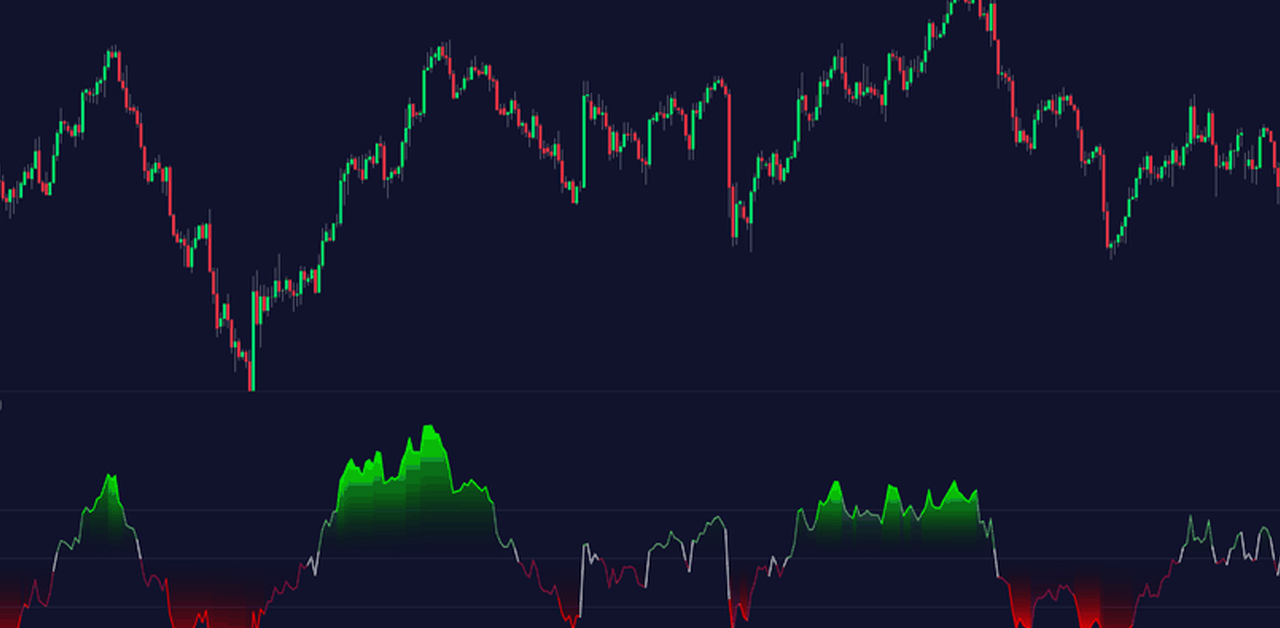Nonfarm Payrolls Data to Test US Labor Market in August After July’s Slowdown
The US Bureau of Labor Statistics (BLS) will release the much-anticipated Nonfarm Payrolls (NFP) data for August on Friday at 12:30 GMT.
This labor market data is crucial for assessing the US Federal Reserve’s (Fed) upcoming interest rate decisions, particularly regarding a potential rate cut in September, which is heightening volatility around the US Dollar (USD).
What to Expect in the August Nonfarm Payrolls Report?
Forecasts suggest that the US economy added 160,000 jobs in August, up from the 114,000 added in July.
The unemployment rate is expected to decrease slightly to 4.2% from July’s 4.3%. Meanwhile, wage growth, measured by Average Hourly Earnings, is anticipated to rise by 3.7% year-over-year in August, following a 3.6% increase in July.
The August data will be pivotal in determining the Fed’s approach to interest rates at its September 17-18 meeting. Fed Chair Jerome Powell recently noted that a further cooling of the labor market could justify more aggressive monetary action, possibly leading to a 50 basis point (bps) rate cut.
In July, the Fed adjusted its policy language to reflect increased attention to both inflation and labor market risks, signaling potential shifts in its dual mandate focus.
TD Securities analysts expect a rebound in payrolls, estimating over 200,000 new jobs in August, with the unemployment rate dropping to 4.2% and wages growing by 0.3% month-over-month.
How Will August Nonfarm Payrolls Impact EUR/USD?
The US Dollar has been weakening against major currencies, pushing EUR/USD closer to the 1.1100 level. A dovish NFP report could reinforce expectations of a larger Fed rate cut, benefiting EUR/USD further.
In the run-up to the NFP release, weak US economic data, including disappointing Institute for Supply Management (ISM) Purchasing Managers Index (PMI) numbers and a decline in job openings, have fueled concerns of a hard landing for the US economy.
The ISM’s Manufacturing Index slightly improved to 47.2 in August from 46.8 in July, but remained in contraction territory. US job openings fell to a 3.5-year low of 7.67 million in July, down from 7.91 million in June. Additionally, the ADP report showed private sector employment increased by just 99,000 in August, a decline from July’s revised 111,000.
As a result of the soft data, market expectations for a 50 bps Fed rate cut have risen, with the FedWatch tool now showing a 47% chance, up from 31% earlier in the week.
A weaker-than-expected NFP print (below 100,000 jobs) could further solidify the case for a significant rate cut in September, likely dragging the USD down while pushing EUR/USD higher. On the other hand, a strong NFP report, especially if accompanied by rising wage inflation, could dampen expectations of an aggressive rate cut, offering support to the US Dollar and pushing EUR/USD lower toward the 1.0900 level.
“The pair remains above the 21-day Simple Moving Average (SMA) at 1.1061, with the 14-day Relative Strength Index (RSI) pointing upward at 58, suggesting continued bullish momentum.”
“Buyers need to clear the year-to-date high of 1.1202 to challenge the 1.1250 psychological barrier, with further resistance at the July 2023 high of 1.1276. On the downside, a break below the 21-day SMA at 1.1061 could trigger a deeper correction, with support levels at the 1.1000 mark and the 50-day SMA at 1.0939.”












